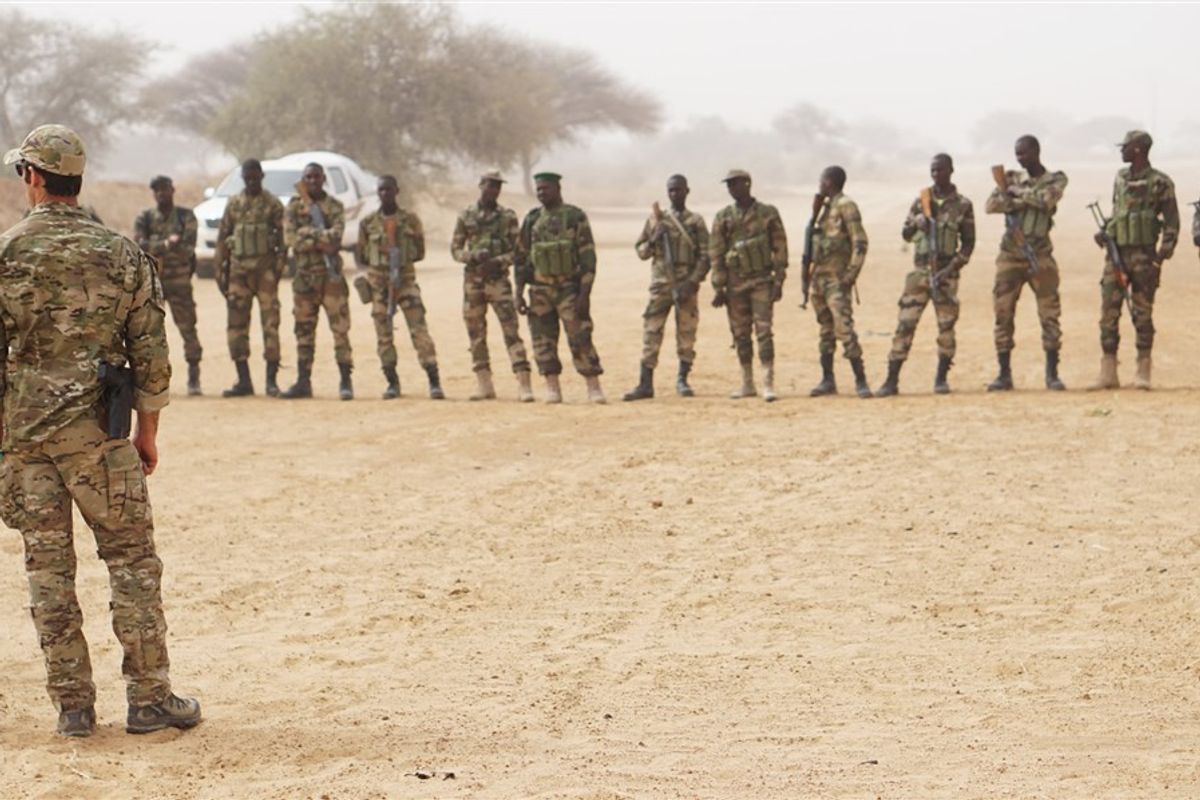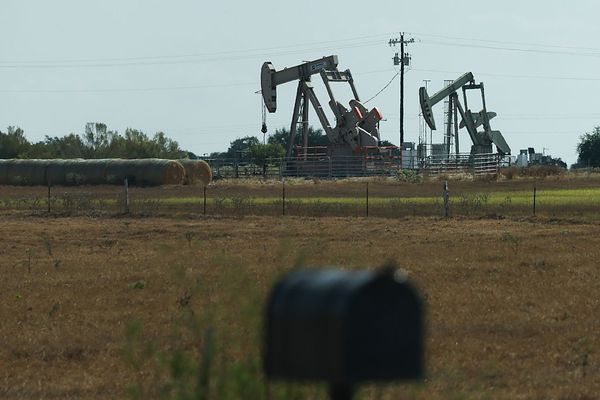Hurricane Harvey has devastated the Texas coast, dumping over four feet of rain in some areas, displacing over 30,000 individuals, and causing over $50 billion in damages. The response at all levels of goverment has been significant. As always, local police and fire departments were the first on the scene. At the state level, the entire Texas National Guard was activated. Federally, the Department of Homeland Security has been involved through FEMA, delivering one million liters of water and one million meals to Texas while responding to over 200,000 claims for assistance and through the U.S. Coast Guard, which has deployed multiple flood response teams including dozens of helicopters and several planes. The Department of Defense is lending a hand in a big way as well, sending hundreds of active duty soldiers, sailors, airmen, and marines to assist rescue efforts, along with hundreds of vehicles including trucks, Ospreys, and Hueys, as well as two warships – the USS Kearsarge and the USS Oak Hill.
These efforts, at all levels, are critical and have resulted in over 13,000 rescues thus far. However, these immense efforts are also unsustainable. As sea levels continue to rise and the intensity of catastrophic weather events increases due to climate change, our nation’s response cannot feasibly continue to include the activation of the entire National Guard of a single state or the deployment of U.S. Navy warships. Thus, the question remains as to how the nation can sustainably respond to increasingly damaging natural disasters. The answer may come from two areas: crowdsourcing and automation.
Crowdsourcing
Incredibly, 13,000 people have been rescued from Harvey’s wrath thus far thanks in large part to government responders at the local, state, and federal level. However, a fourth category of responders has proven absolutely critical: civilian volunteers. In response to Harvey, good samaritans have mustered the strength and resources at their disposal to assist in anyway they can in the rescue effort. One man brought his boat to the scene of disaster and set out to “Go save some lives.” The so-called “Cajun Navy,” an informal organization of boat owners from Louisiana who assist in search-and-rescue efforts, has made headlines, mustering over 1,500 volunteers and 700 boats. The need for assistance after Harvey is so high and the response has been so effective that the Houston Police Department has issued requests for volunteer assistance.
Some informal tools, such as Houston Harvey Rescue, have emerged to help organize requests for help and responders efforts with great success – by Tuesday, August 29, over 5,000 individuals had registered to be rescued on houstonharveyrescue.com. In this way, the response to Harvey is already becoming one of the first crowdsourced disaster relief efforts.
However, when future superstorms hit the United States, we need to be prepared to leverage crowdsourcing in a more formalized manner. Many other crowdsourcing solutions exist and must be systematically leveraged by emergency responders and broadcast to civilians.
Crowdsourcing applications have the potential to allow users to report an incident of any type with a picture, description, and location. In addition to incident reporting, they could allow governmental officials in charge of rescue efforts to communicate with incident reporters individually, to assess their needs, and to provide them with updates, as well as communicate with all individuals within an entire geographic area. Critically, crowdsourcing applications could allow citizens to monitor incident reports themselves, both for their own situational awareness and for situations like Harvey, where citizens might become the responders. It is up to government at all levels to start to consider how to acquire and implement the use of such tools or else face the consequences of inaction.
Automation
Like crowdsourcing, automation represents a force multiplier for first responders. Currently, almost all storm damage assessments are done by humans, both on the collection and the analysis side. While some insurance companies plan on flying drones to assess damage from Harvey, this strategy must be implemented in real-time to assist responders in relief efforts. Commercial drones utilizing LiDAR, or Light Detection and Ranging – a remote sensing method that uses a laser and measures reflected pulses to create three-dimensional images of targets – can create Digital Elevation Models (DEM) of affected areas. Since DEM can be accurate within 2-3 centimeters, first responders can, with enough drones, quickly, cheaply, and accurately map out the disaster area in real time to inform rescue operations.
Machine learning algorithms can automatically identify infrastructure damage. Essentially, since the image of a downed telephone pole, for example, has a number of identifying characteristics, a computer can rapidly and accurately identify them and flag them for responders. With enough training data, this pattern can be repeated for almost any storm damage – downed trees, flipped cars, collapsed roads. The speed and flexibility of automated data collection and analysis could mean the difference between life and death.
From Pitch to Pitching In
Innovative technologies and startups that leverage crowdsourcing and automation represent force multipliers for first responders. Although Houston Harvey Rescue is a promising exception to the rule, good ideas and innovative startups do not have an easy path to adoption in the government and disaster relief space. On the contrary, they usually have an incredibly difficult time as government doesn't like to be the first to try something. This risk-aversion is a result of a responsibility to spend taxpayer dollars responsibly, but government must accept risk and even failure if it wishes to improve.
Crowdsourcing and automation are the future of disaster relief, and thus all levels of government must start to consider how to leverage these capabilities. However, government does not need to reinvent the wheel. Government can potentially benefit from engagement with non-traditional partners, like startups and accelerators. If governments and responders want to organize the most effective emergency response, they will need all the help they can get and will need to do their part to help startups go from pitch to pitching in. The failure to do so will be costly, as Harvey is starting to show us.










